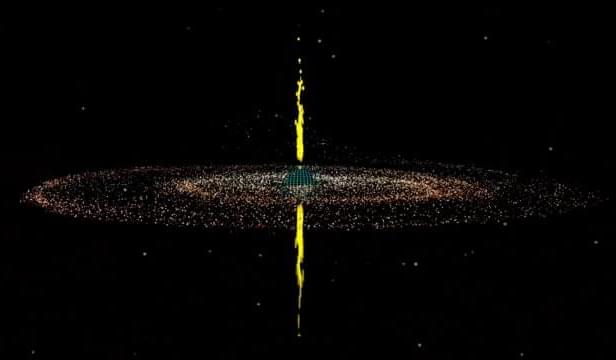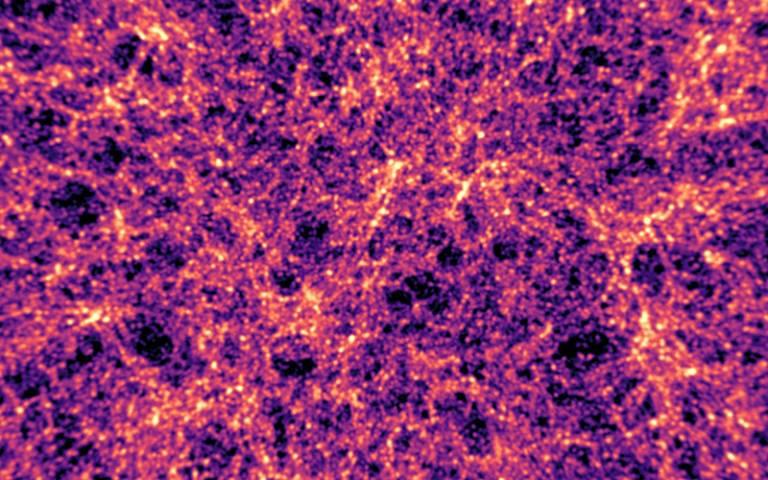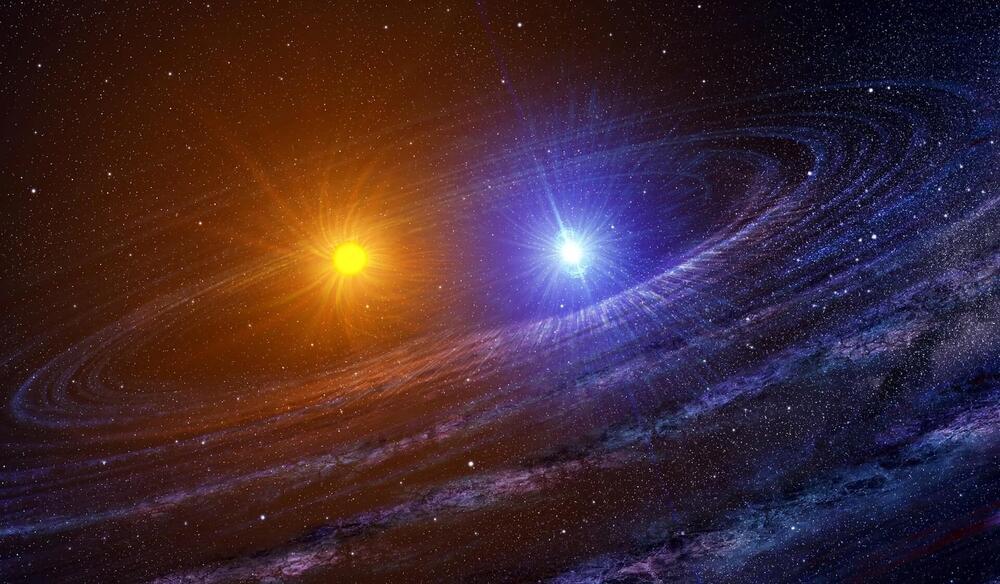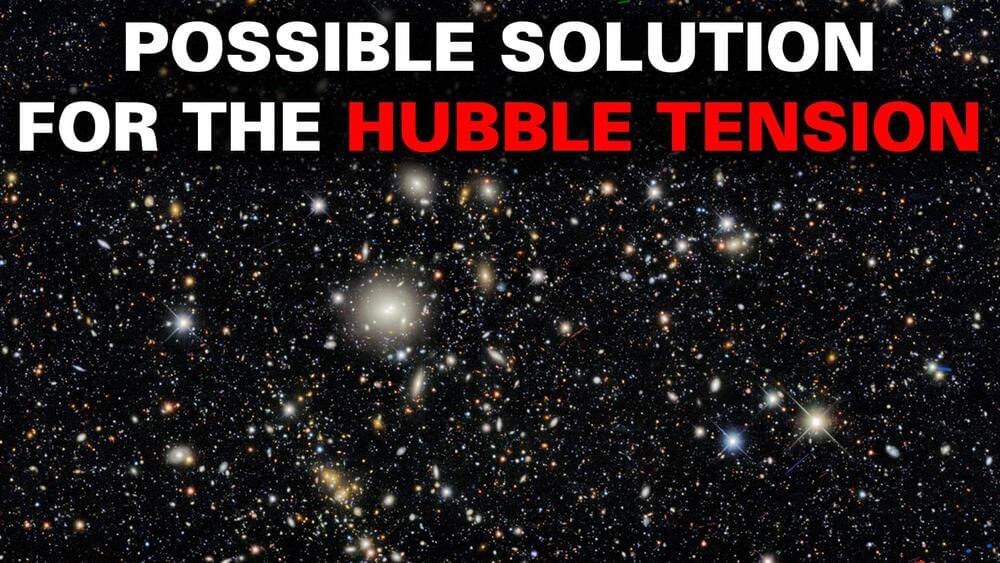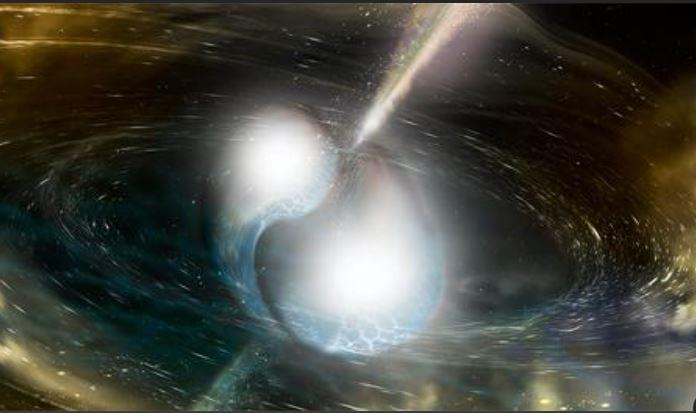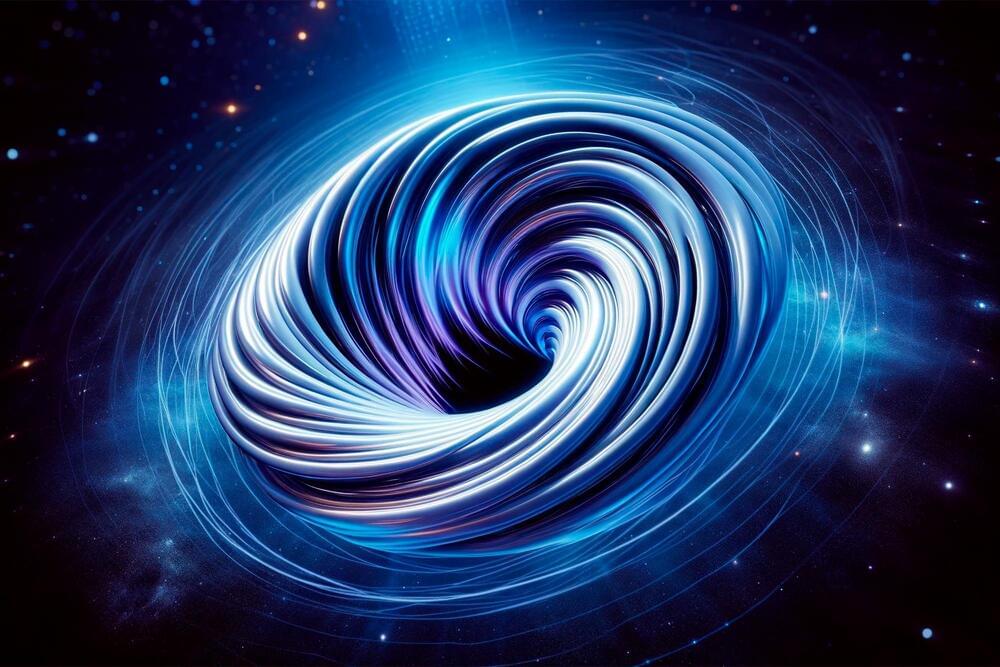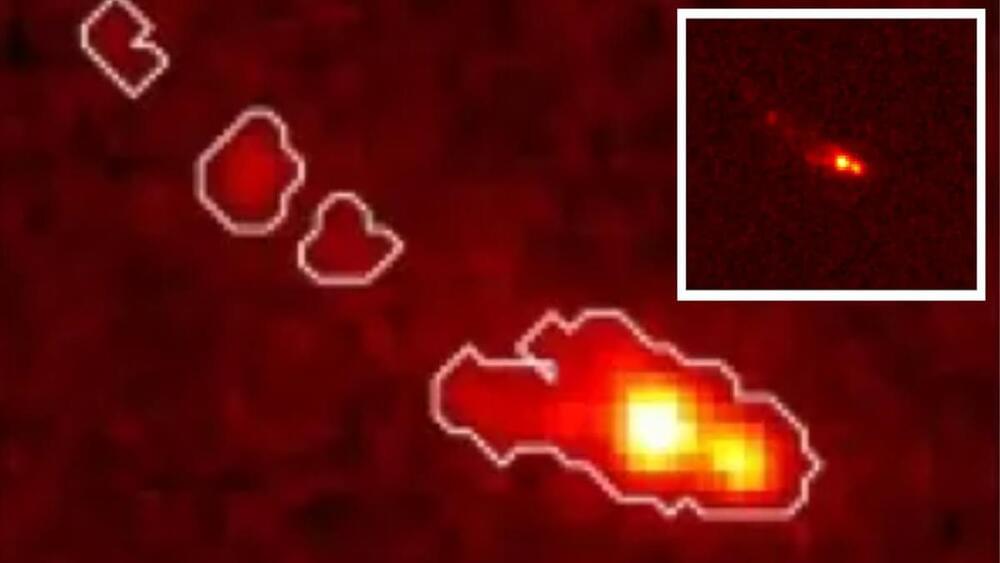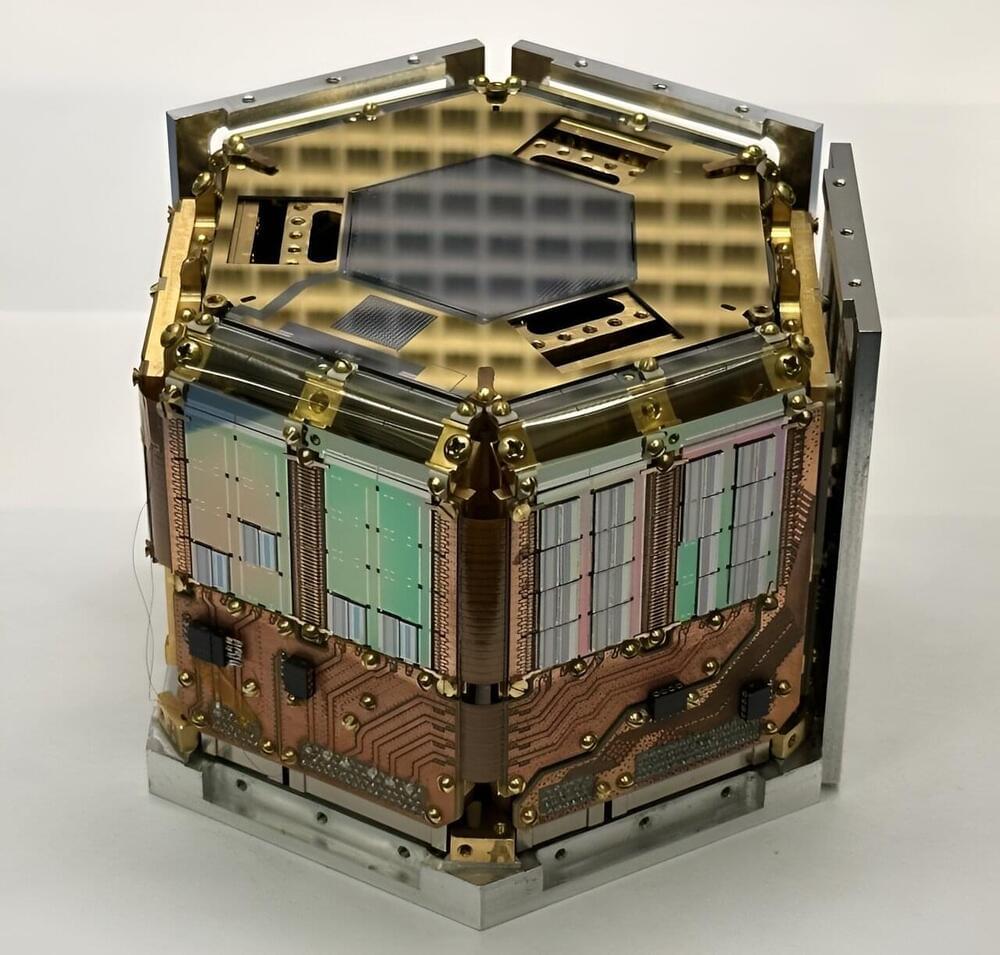Mar 26, 2024
Sleeping supermassive black holes awakened briefly by shredded stars
Posted by Saúl Morales Rodriguéz in category: cosmology
A new investigation into an obscure class of galaxies known as Compact Symmetric Objects, or CSOs, has revealed that these objects are not entirely what they seem. CSOs are active galaxies that host supermassive black holes at their cores. Out of these monstrous black holes spring two jets traveling in opposite directions at nearly the speed of light. But in comparison to other galaxies that boast fierce jets, these jets do not extend out to great distances—they are much more compact.
For many decades, astronomers suspected that CSOs were simply young and that their jets would eventually travel out to greater distances. Now, reporting in three different papers in The Astrophysical Journal, a Caltech-led team of researchers has concluded that CSOs are not young but rather lead relatively short lives.
Continue reading “Sleeping supermassive black holes awakened briefly by shredded stars” »
